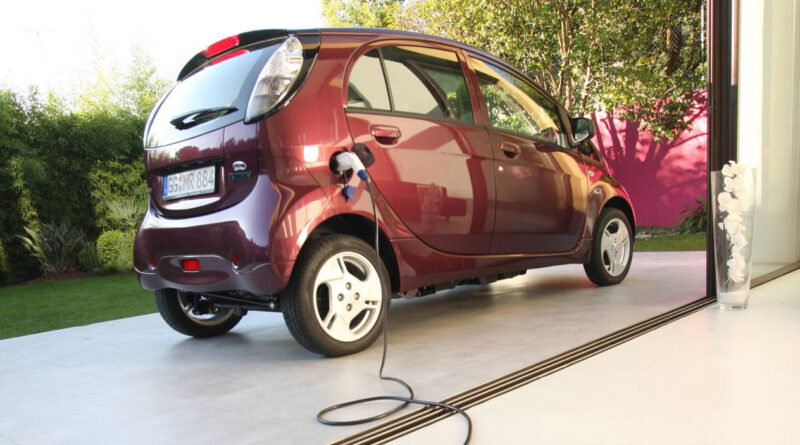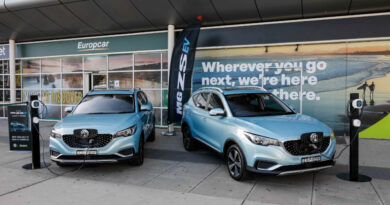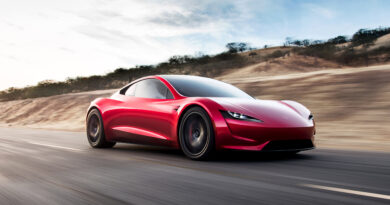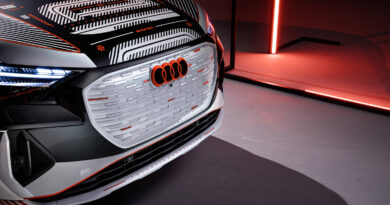Used EV buying guide: What to look for
New electric cars are expensive, so is it worth considering a pre-loved EV? Here’s what to look out for if buying on a budget.
It’s a common problem. You’re ready to embrace electric car ownership but have met one rather significant stumbling block. Price.
Here’s the rub. EVs are expensive when compared to their petrol, diesel and hybrid alternatives, pushing them out of reach to a large chunk of the population.
Ultimately – we’re told – new EVs will have price parity with their more conventional cousins, but while we’re waiting there’s always the used market to consider.
Buying any used car has risks, but there are different considerations when flirting with a pre-loved electric. It sounds obvious, but is an EV fit for your purpose? It may boast a 250km range, but you’ll find this figure highly optimistic once you start cruising at highway speeds. EVs are at their most relevant over short town and city trips, using regenerative braking to boost battery charge in stop/start traffic.
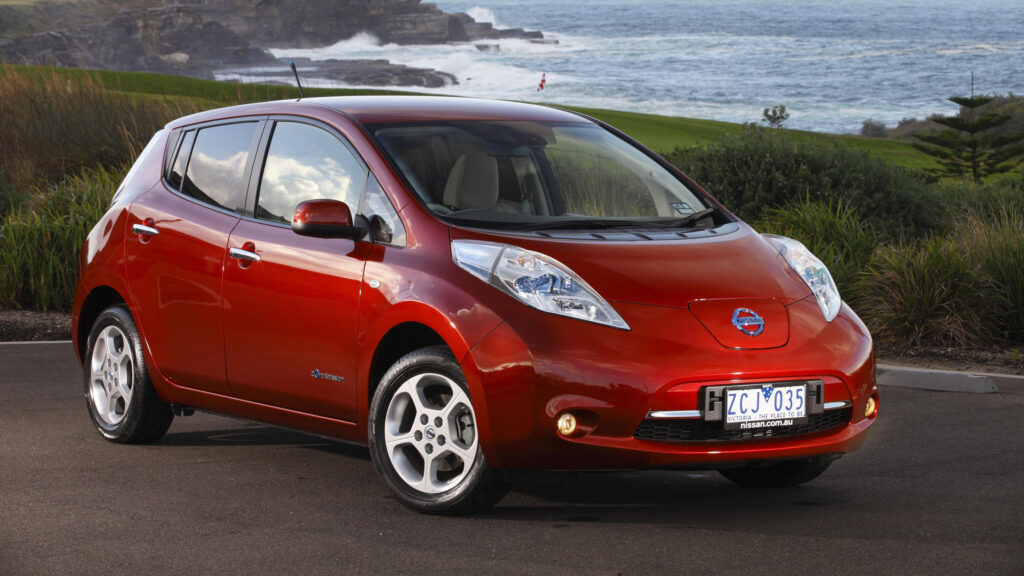
A home wallbox charger – either in the garage or mounted on an exterior wall beside your driveway – is an essential for most EV owners. If you haven’t got off-street parking, life could get difficult. A nearby public fast charger with the correct charge point attachment for your vehicle also makes ownership far more palatable.
If you’re convinced a used EV is the way forward, work out what electric range you deem acceptable for your use, and remember as batteries age they lose some of their capacity, and therefore range.
Limit your search to cars with a range relevant to you. A first-generation Nissan Leaf (2012-15) was only good for about 120km with brand new batteries, while a 2015 Tesla Model S – far pricier, of course – had variants boasting over 400km range.
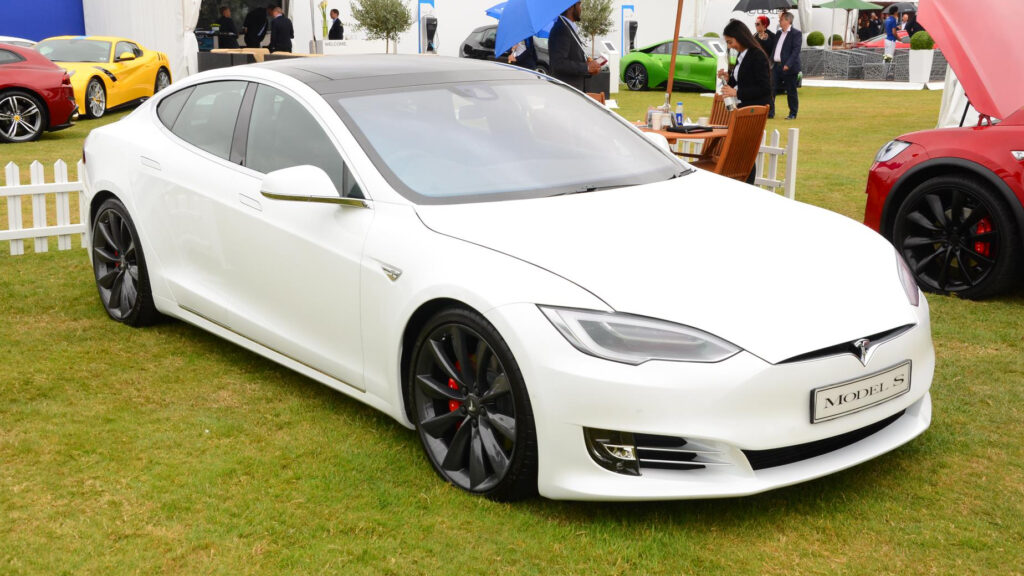
The health of a used electric car’s battery is key. The manager of future mobility at Hyundai Australia, Scott Nargar, said the best way to ascertain an EV’s battery condition and range was to inspect a used model when it is fully charged. “Ask the dealership or private seller to make sure it’s 100 per cent charged when you arrive to inspect,” he said. “If it’s not, be prepared to come back when it is. That way you’ll be able to see the true range.”
Some private sellers of Nissan Leafs include in their advert the ‘real life’ range of their car. As a word of warning, around 80-100km appears typical. An EV’s on-board computer should show how much of the battery’s charging capacity remains, taking into account the degradation over time. Ask the owner (or work out yourself) how to access the battery health menu through the dash screen.
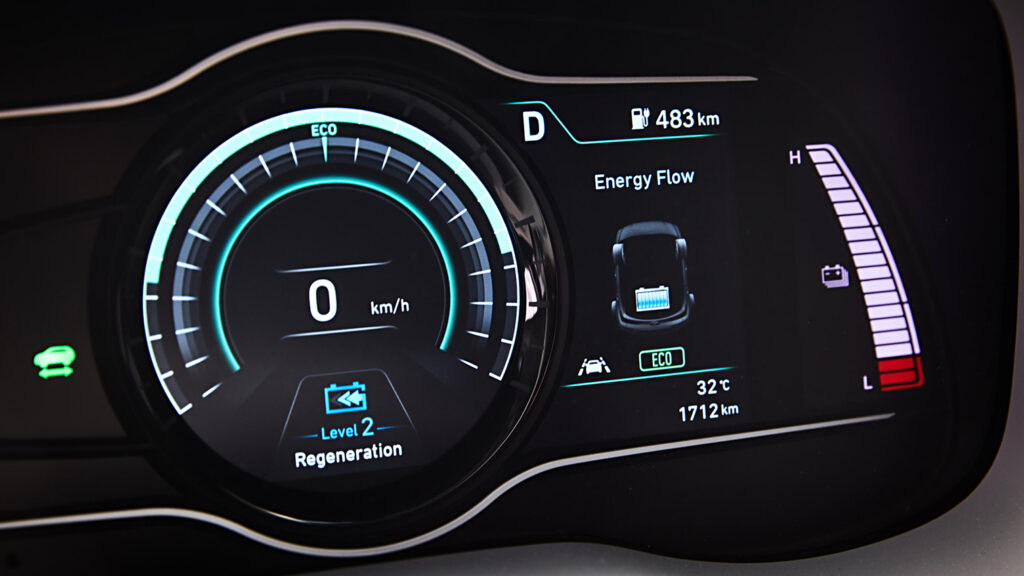
Nargar also points out, from a technical perspective, older EVs such as the first-generation Leaf are no longer cutting edge. “Battery technology has had a generational change from then to now,” he said. “Battery cooling and protection methods have improved; even the most extreme heat or cold can be controlled with modern batteries, (unlike before).”
Swot up on a used EV’s battery warranty. A 2015 BMW i3, for example, had just a three-year/100,000km warranty for the car itself, but the battery had an eight-year warranty. Favour any used model with some warranty remaining, as to replace a faulty battery could cost more than the value of the car.
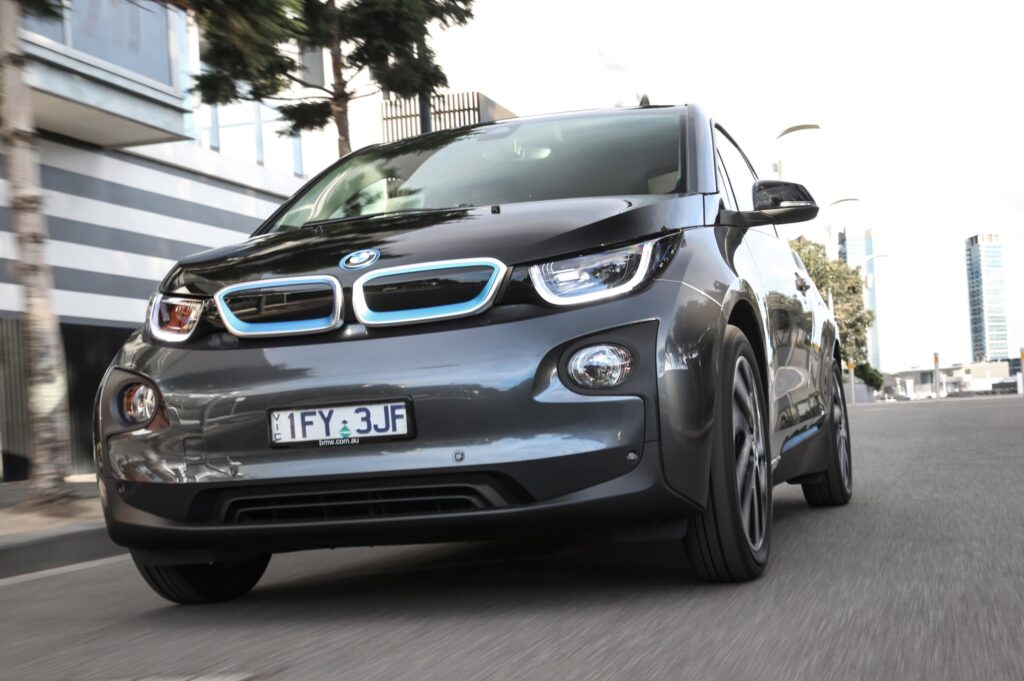
Many flirting with EV ownership quite rightly ask how long the battery will last. This is like asking how long a petrol engine will last. Right now, it’s just not known. Battery capacity will reduce over time – that’s a known – but even so, batteries can be reconditioned, with battery cells able to be replaced for healthy ones for far less than a full replacement battery pack.
“Batteries are your biggest concern with a used EV,” Nargar said. “But the motors are not complex, there are less moving parts and less dramas than internal combustion cars. You’re de-risking yourself in lots of ways.”
Even so, common sense checks are required as you would apply to any car. Think interior condition, signs of panel damage repairs showing it’s been in an accident, nasty clunking when test driving, and check the vehicle’s history. Many EVs will have started life as fleet or promotional cars for the manufacturer, so should have been well looked after.
On your test drive, if the battery says there’s 200km range remaining, see what the figure is after 20km of driving. Close to 180km? This will suggest how close to the indicated range you’ll achieve with your typical driving. Make sure you test it with the air conditioning on too – it’s a range crusher, but try driving without it on a 40C day.
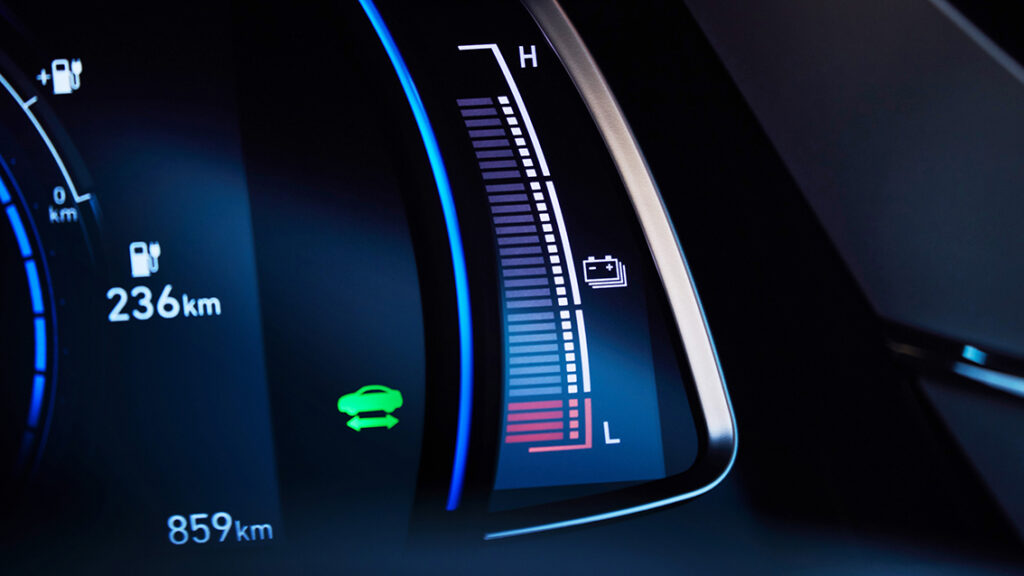
A full dealer service history is important, as any software updates from the factory should have been implemented. Check the brakes for signs of rust too. Regenerative braking means rotors and pads should last longer than in conventional cars, but if they’re barely used rust can form and affect their performance.
Ensure the charging cables sold with the car are present and correct…and working. Plug them in to check.
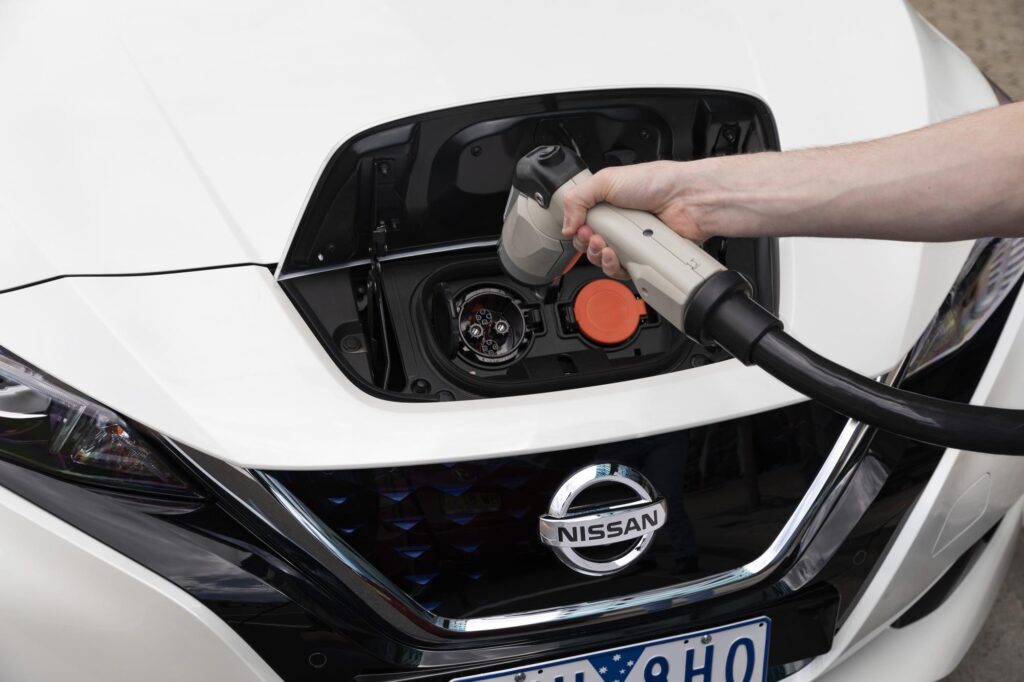
Be it private or trade sale, spend a few hundred dollars to have it independently inspected. Motoring groups such as NRMA or RACQ offer pre-purchase inspections, but stipulate it’s an electric car and you’d want a technician with expertise and experience with such cars.
What about prices? Ross Booth from car valuer Redbook said EV resale was generally the worst out of all fuel types in Australia. “Tesla does buck the trend…they do hold their value quite well,” he said. “Tesla is not an electric vehicle; it’s a sports car that happens to be electric.”
Don’t expect dead-set bargains however. Despite Redbook’s findings, classified prices suggest an EV’s resale isn’t too different to petrol and diesel alternatives. In 2013 a Nissan Leaf was $39,990 drive away (down from its 2012 launch price of $51,500), and the same cars in 2020 are listed close to $20,000. A Nissan X-Trail TL diesel was $42,990 in 2013, and these now struggle to find $15,000.
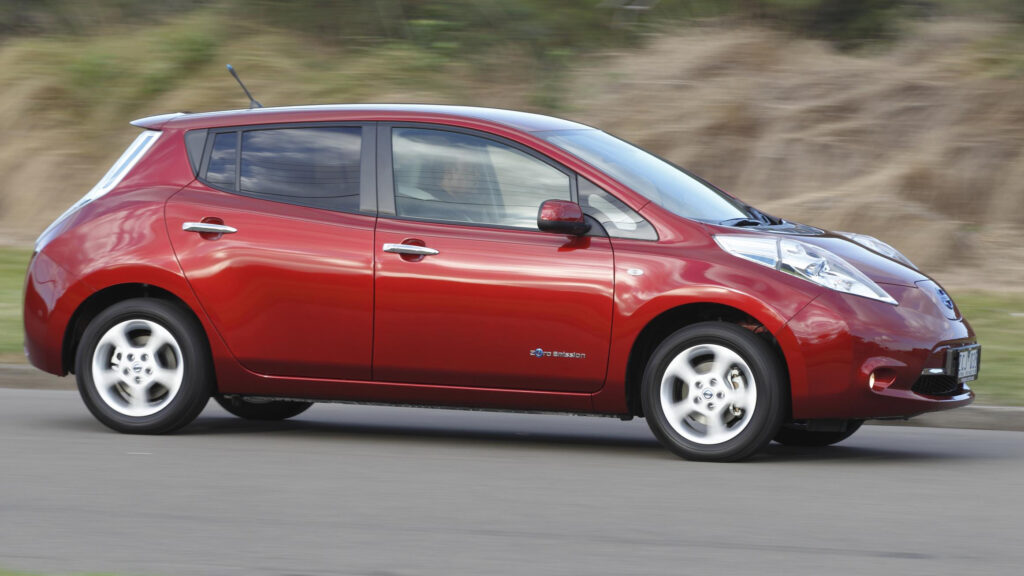
There’s a 2015 BMW i3 60Ah listed for $30,000, from an original purchase price of $63,900. A BMW 320i sedan was $61,900 in 2015, and these days also hover around the $30k mark.
Highlighting Australia’s tardy embrace of EVs thus far, you’re not exactly spoilt for choice on the used EV front. As I write, Australia’s biggest car classified website, carsales.com.au, has just 183 used or dealer ex-demonstrator electric cars listed. Only 70 of those are from private sellers, most being Teslas.
Cheapest listed is a 2010 Mitsubishi i-MiEV for $8900. The little hatch was the first EV to go on sale in Australia, but barely any private buyers took the plunge at the $48,800 asking price. Some 250 sold here – mainly to eco-championing private businesses and councils – before being pulled in 2013.
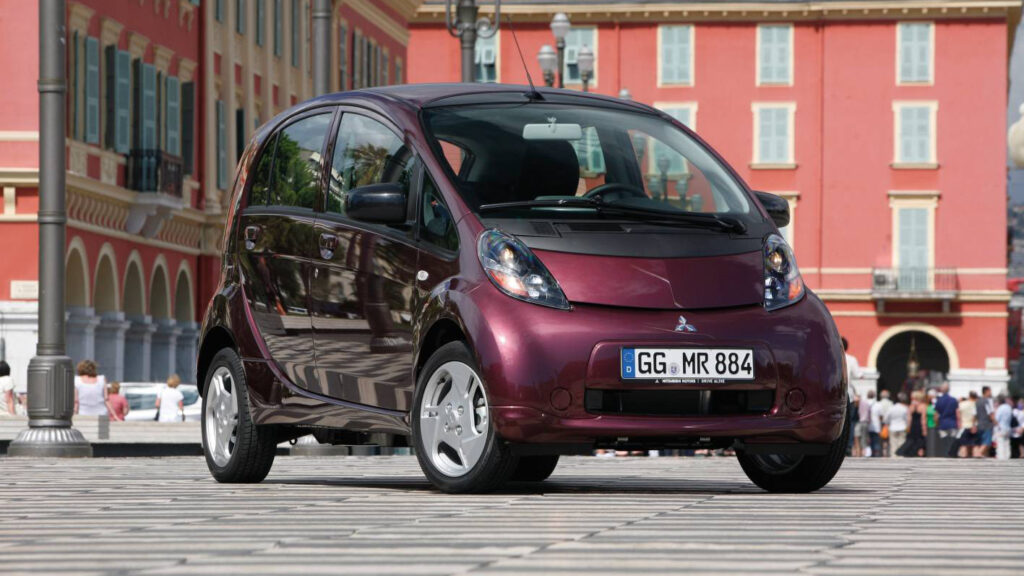
The seller says his i-MiEV indicates a maximum range of 107km, it has a roadworthy certificate (QLD) and uses the common CHAdeMO DC fast charging socket.
It’s a pure electric car for under $10,000, but its 16kWh Li-ion battery is nearly ten years old. While the i-MiEV came with a 10 year/100,000km warranty for the electric motor, transmission and more, it wasn’t transferable. The next owner would therefore have no coverage if something goes wrong, but that’s nothing unusual for an eight-year-old car. Positively, it comes with a cable for connection to a 15Amp household socket, giving full charge in around seven hours. A cheap and simple way to pop your EV cherry.
There are more Nissan Leafs on the used market (70 at time of writing) than any other EV, with a fair number under $20,000. This gives the used buyer plenty of choice with a range of colours and at least one for sale in each state except Tasmania.
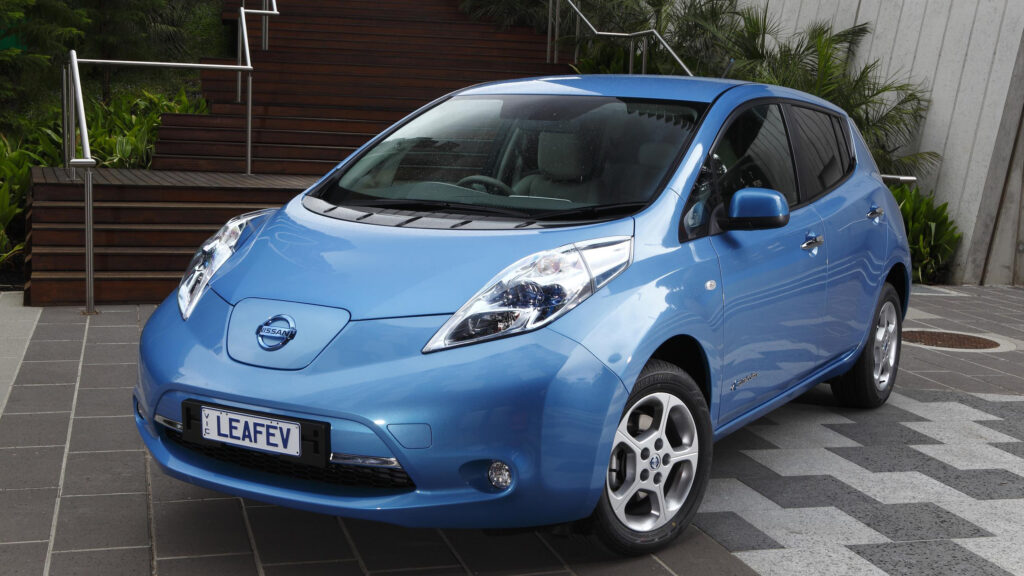
The cheapest Hyundai Ioniq Electrics (launched in 2018) are around $40,000; most being ex-Hyundai fleet cars with less than 10,000km on the clock. It’s a saving from the $48,490 (plus on-roads) list price, but still out of reach to many buyers.
Used pure electric BMW i3s are rare – many opted for the range extender version with petrol engine backup – with only a $30,000 2015 i3 60Ah in the sub-$50,000 zone. If you are tempted by the little BMW, check for damage to the carbon fibre body as repairs will not come cheap.
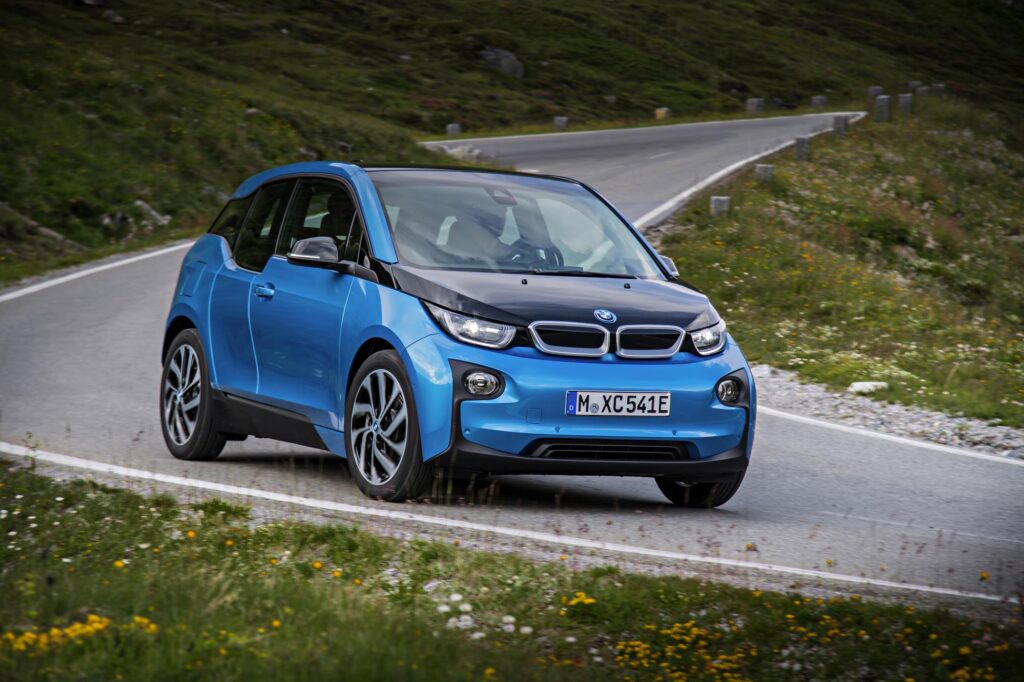
A few dozen Jaguar I-Pace electric SUVs are up for grabs: the cheapest is $98,999 for a 2018 model with 14,000km showing – down over $20,000 from its original list price.
Demand for Teslas is strong. Cheapest is a 2016 Model S 70 for $66,000, which has travelled a not insignificant 155,000km. $70-80,000 is more typical for 2015-16 cars, while the be-winged Model X SUV remain over $100,000 despite some being three years old.
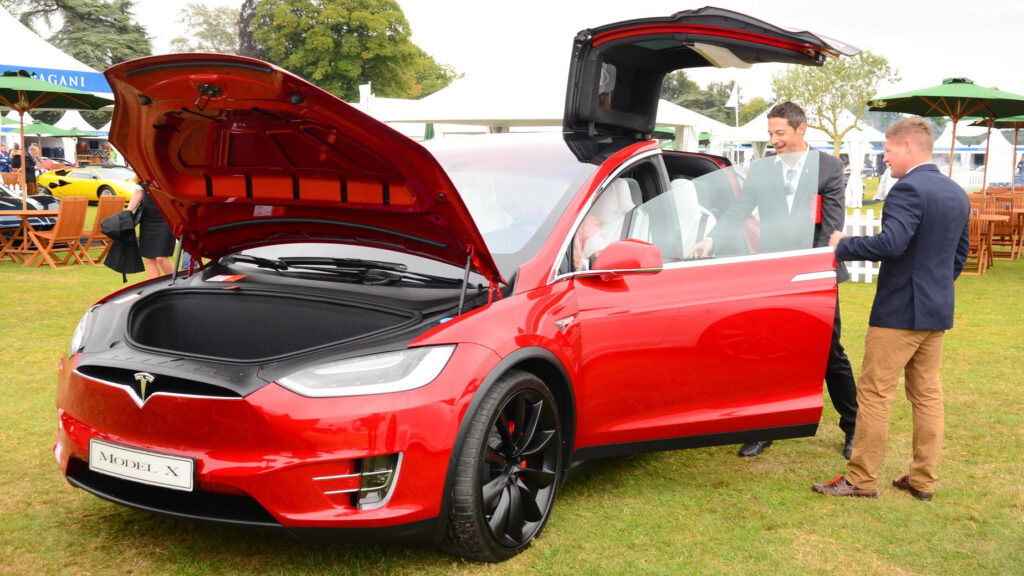
Above all else, do your homework. Know how long the EV you’re considering will travel when fully charged, and how long the charging process takes. The rest is used car common sense.
Check the car’s straight, been well looked after, serviced correctly and hopefully well loved. Get an independent expert to give it a health check, but don’t spend too much on an older EV. The technology has moved quickly, so if you can afford one, brand new models with improved tech, safety, longer range and full warranties may make better long term sense.

